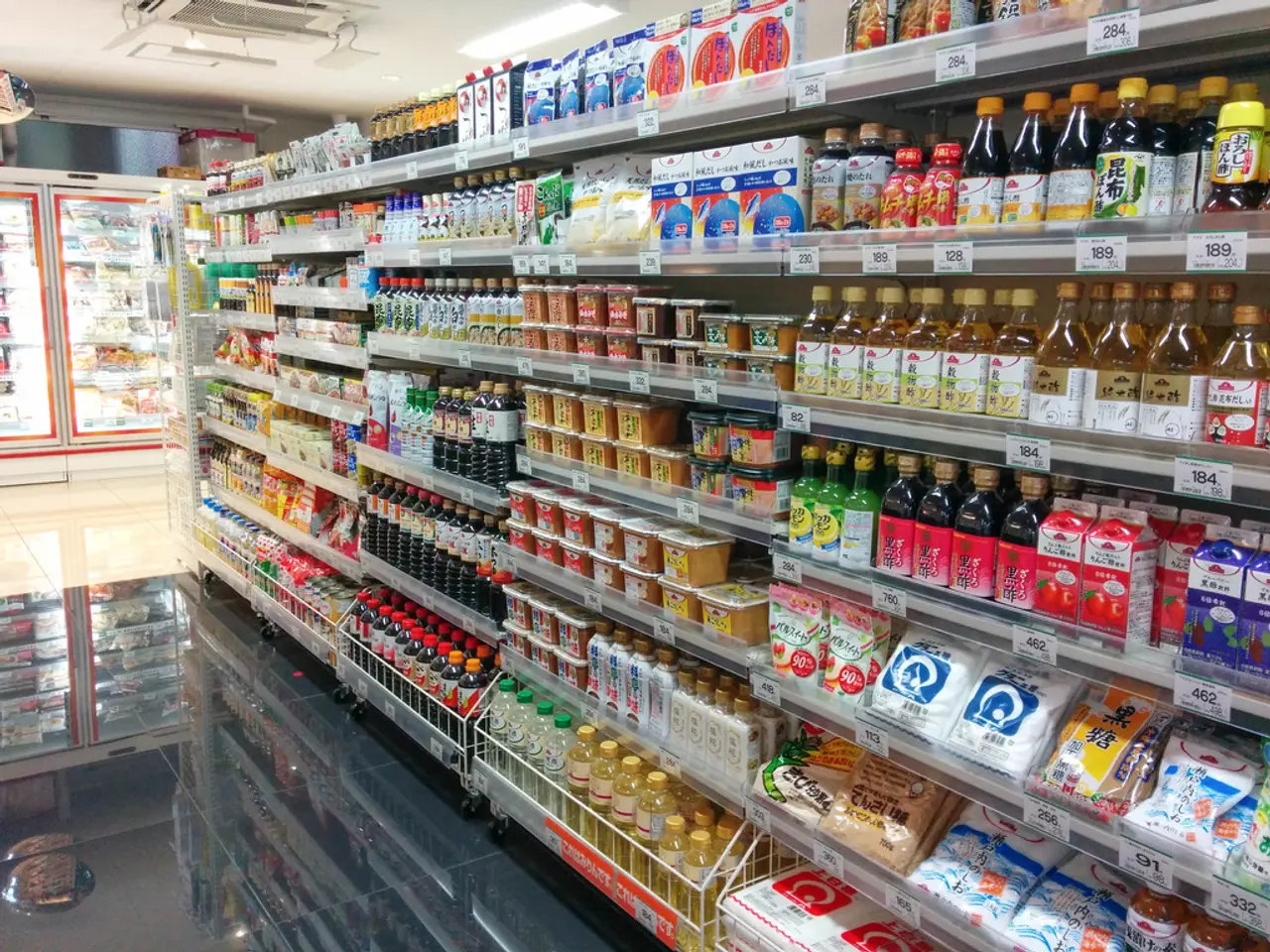Gold markets are currently divided in the third quarter.
In the second quarter (Q2) of 2021, global gold demand experienced a slight decrease compared to the same period in 2020, primarily due to a cooling off after exceptionally strong gold investment inflows in 2020. This was influenced by various factors including the normalization of economic conditions after the initial COVID-19 shock and fluctuations in investor behavior linked to geopolitical and economic uncertainties.
According to the World Gold Council's report, global gold demand in Q2 2021 was 955.1 tonnes, a decrease from the 985.8 tonnes recorded in Q2 2020. However, compared to the first quarter (Q1) of 2021, global gold demand increased, with Q2 2021 seeing an influx of investment into gold-backed exchange-traded funds (ETFs) and an increase in physical gold buying (bars and coins).
The demand for bars and coins in Q2 2021 was 156.7 tonnes, higher than the 111.5 tonnes in the same quarter last year. On the other hand, demand for physically-backed, exchange-traded gold products (ETCs) decreased from 222.5 tonnes in Q2 2020 to 40.7 tonnes in Q2 2021. This trend was influenced by net sales of gold ETCs in the fourth quarter of 2020 and the first quarter of 2021, followed by inflows in Q2 2021.
Central banks also remained significant players in the gold market, purchasing 199.9 tonnes of gold in Q2 2021, compared to 63.7 tonnes in the same quarter last year. This increase was driven by geopolitical tensions and concerns over inflation.
The World Gold Council's analysts forecast jewelry demand for the full year to be between 1,600 and 1,800 tonnes, significantly more than last year's 1,401.1 tonnes. The consumption in the jewelry industry increased from 244.5 to 390.7 tonnes in Q2 of the year.
Investment demand, however, is expected to be lower this year. The World Gold Council's analysts forecast investment demand for the full year to be between 1,250 and 1,400 tonnes, lower than last year's 1,773.3 tonnes.
The slight year-on-year decrease in global gold demand in Q2 2021 reflects a post-pandemic normalization after an unprecedented surge in 2020, while the increase from Q1 to Q2 2021 was driven by renewed investment demand amid ongoing uncertainties. The World Gold Council’s data underscores investment flows, particularly through ETFs, as crucial in shaping these trends.
Sources: [1] World Gold Council Q2 2021 Gold Demand Trends Report [2] Kitco News - Global gold demand in Q2 2021 down slightly year-on-year, but up from Q1 2021 [3] Reuters - Central banks bought record amount of gold in Q2, but demand still softened [4] Financial Times - Gold demand rises in Q2 as investors seek safe haven amid uncertainties
Investors might find opportunities in the real-estate market, as an alternative to investing in gold, due to the decrease in global gold demand in Q2 2021 compared to the same period in 2020. The other option could be exploring different sectors in finance, given the forecast for lower investment demand in gold for the full year of 2021, compared to 2020.




